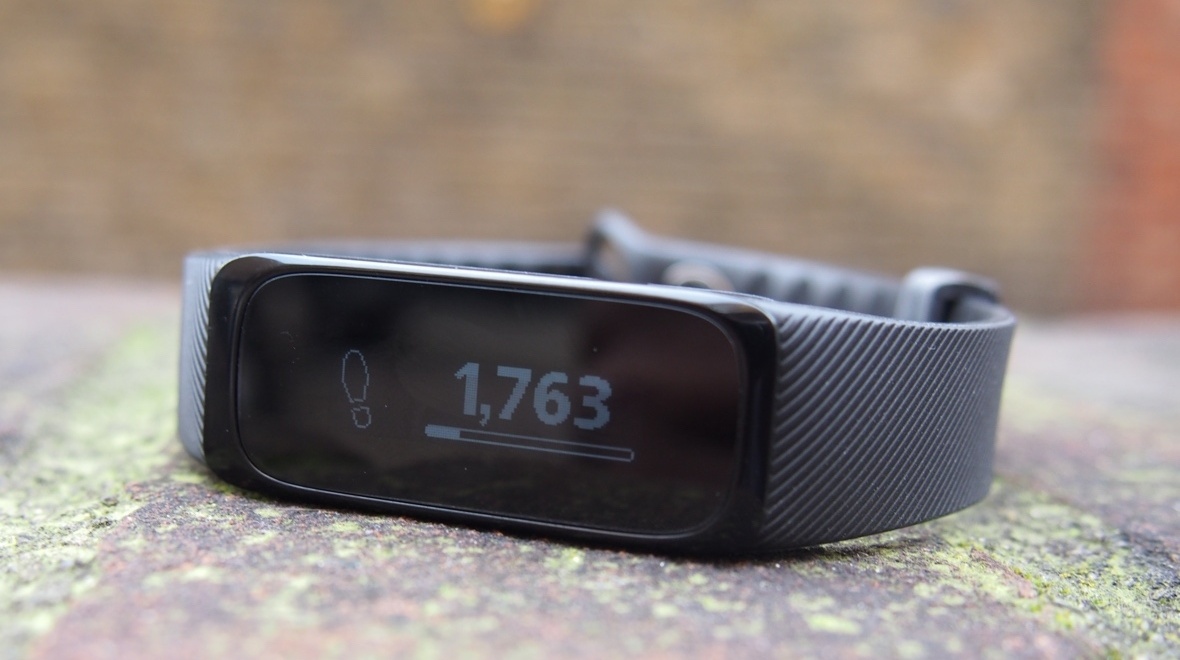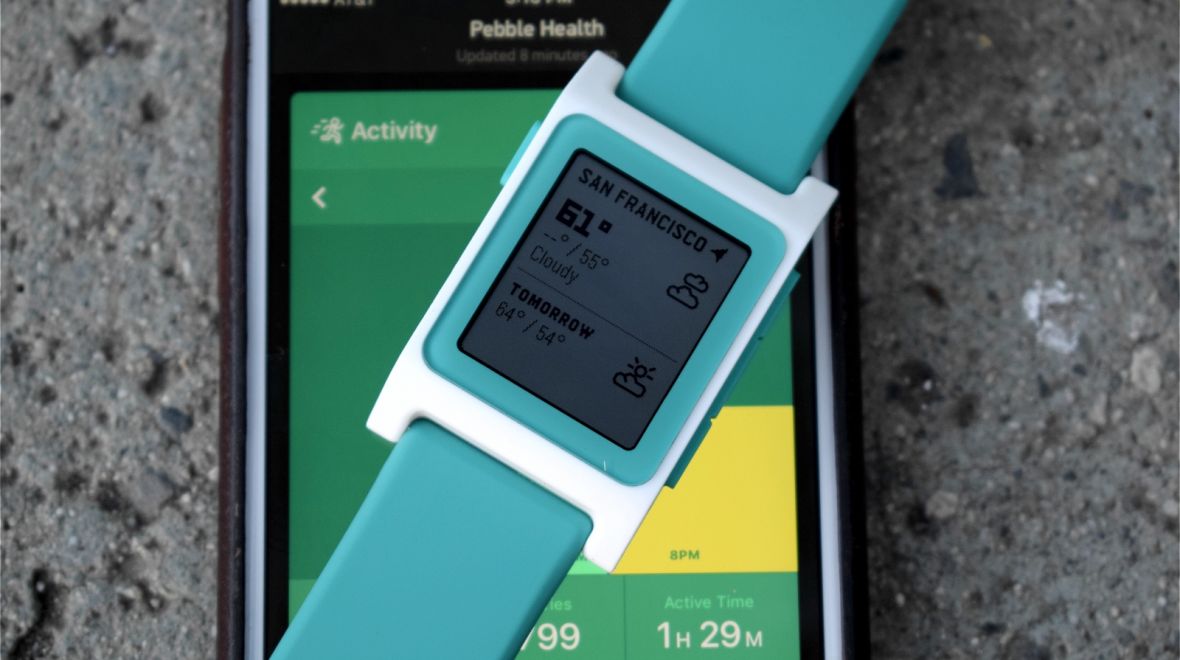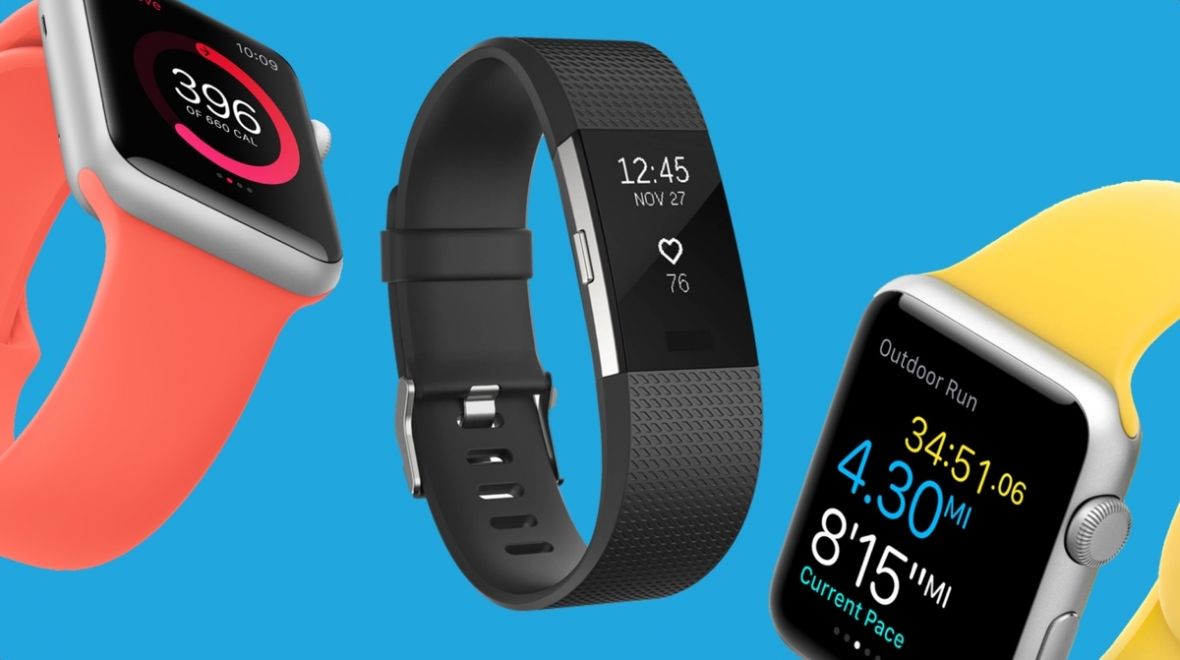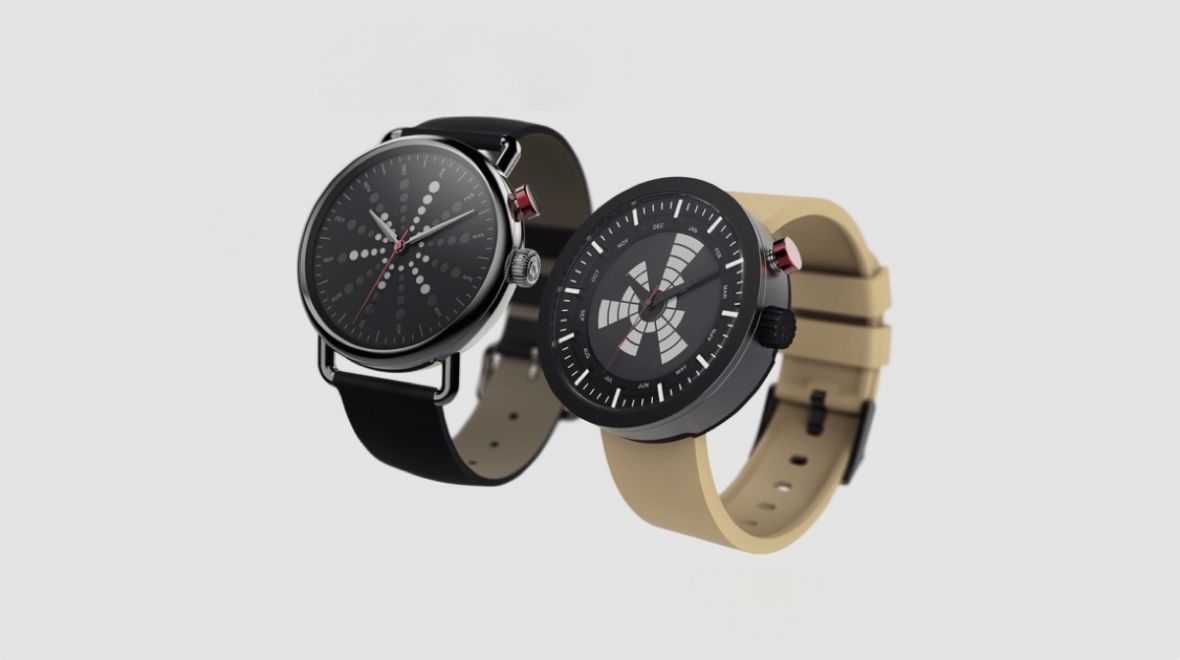The Hi-Tec Trek Plus is a fitness tracker with smartwatch features from a British company that’s better known for making trainers and hiking boots.
It’s one of three wearables Hi-Tec has mustered up alongside the Trek Go (£59.99) and Trek Lite (£49.99) with the Plus sitting on top with its built in heart rate monitor to add an extra layer of biometric data.
At £79.99, it’s cheaper than more high profile heart rate tracking alternatives like the Fitbit Charge HR and the Jawbone UP 3, but can it deliver a significantly better tracking experience for less money? We’ve lived with the Trek Plus to find out if this is a diamond in the rough.Price when reviewed:$TBCCheck current price
Hi-Tec Trek Plus: Design
Taking a more Fitbit than Jawbone approach to design, the Trek Plus is a pretty plain-looking tracker. If you’re hoping for something that goes well with a nice suit or shirt, then this most certainly does not fit the bill.
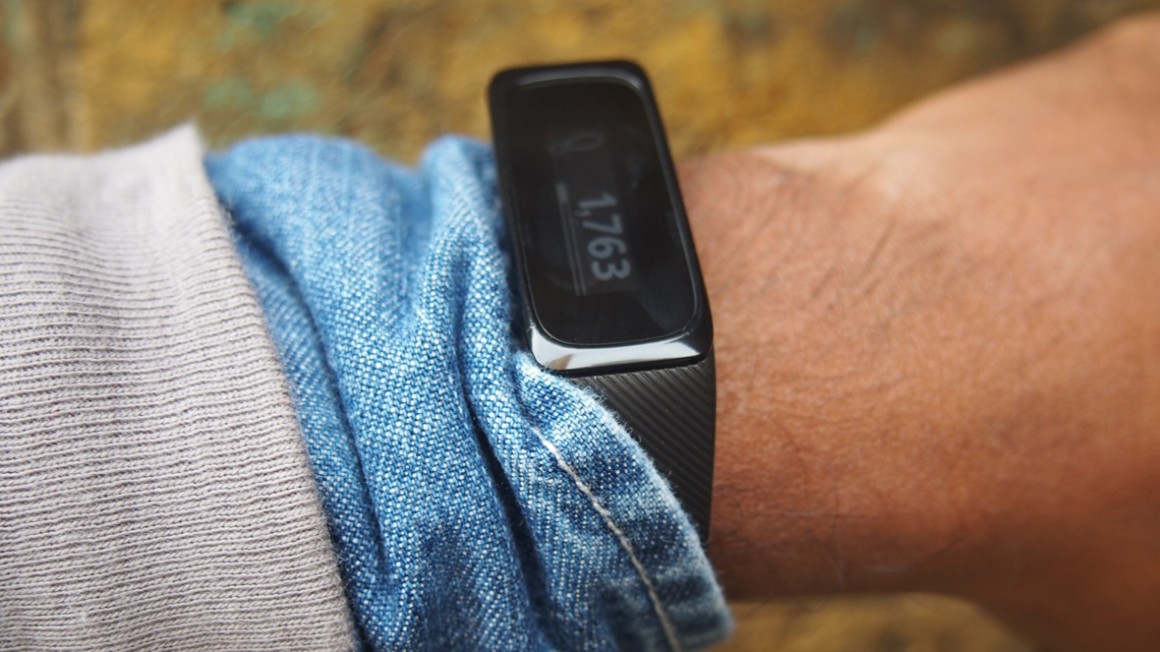
There’s a black textured plastic band that’s double the width of the Jawbone UP3 for comparison. But it’s comfortable and at 19g, very light to wear as well. The band is secured by just a single pin and I never had any issues of it coming loose during more strenuous workouts or wearing it in bed. Hi-Tec does say you can grab a pair of scissors to trim the band, but I don’t think that’s going to be necessary for most people.
Disappointingly, it’s only water-resistant, so it’s good for washing the dishes but definitely not built for swimming. Although I did manage to accidentally leave it on for a few laps in the pool and you’ll be happy to hear it survived without any issues.
So what’s it like to wear? Generally, absolutely fine. There’s no irritation and I didn’t feel the need to take it off at any time. It can pretty much live in the background doing what it does without any problem. It’s just a shame it’s bit drab to look at.
Up front and centre is the removable module with an OLED capacitive touchscreen on top that instantly reminds me of the displays used on the Fitbit Ultra and One trackers. There’s no backlight, and it can be a trickier to view in bright sunlight, but it does offer good visibility at night. Screen responsiveness is good, but I did find it a touch unresponsive once your hands get a little sweaty and you need to quickly swipe through the screens.
Around the back you’ll also find the heart rate monitor. There’s those similar gold plates you’ll find on the UP3 only slightly thicker and more prominent. It’s an optical heart rate sensor so it uses lights to flash against the skin to detect changes in blood volume. It only tracks resting heart rate, so not the kind of useful continuous heart rate monitoring you’d want for serious heart rate-based training. However, resting heart rate is one of the best indicators of improving health, and it plots your bpm in the app so you can track it over time – a feature that’s all too often missing on fitness trackers.
When it comes to charging there’s a small cradle you’ll need to clip underneath the Plus to hook up the micro USB charging cable bundled in the box. It’s initially a little fiddly to get in place but the much bigger problem is that it’s very easy to lose.
Hi-Tec Trek Plus: The app
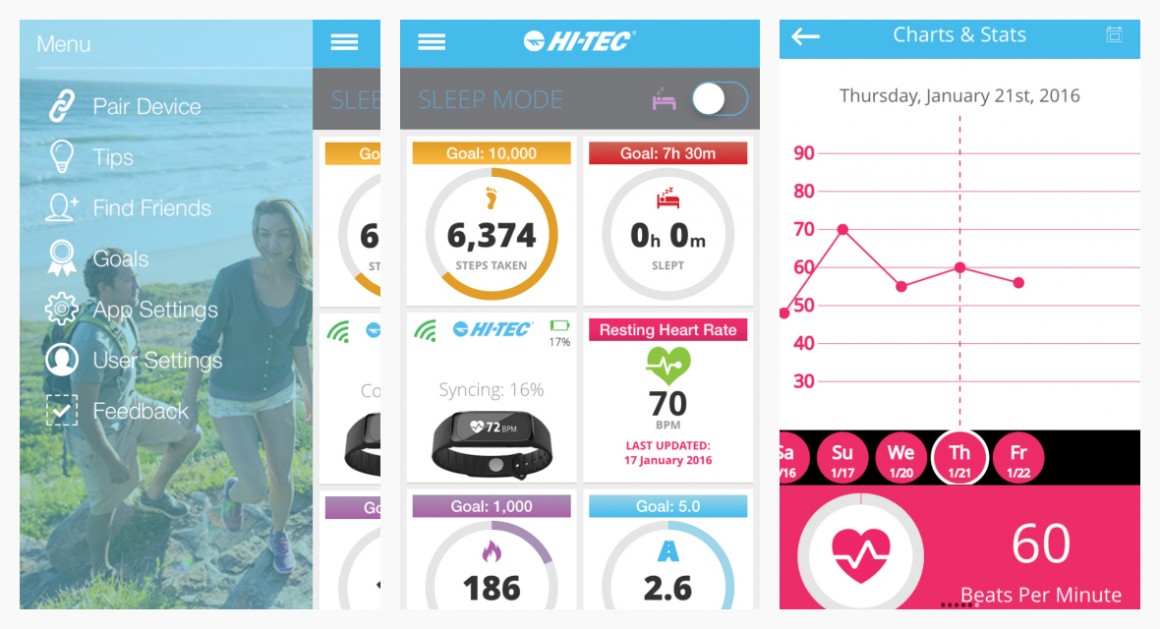
The Hi-Tec app takes some obvious design cues from Fitbit’s app. It’s available for iOS and Android and it’s pretty standard practice getting things set up.
It’s a consistent experience across both an iPhone and an Android phone with the main home screen giving a snapshot of your data. You can drill into those sections to see the data displayed in graph, but it doesn’t get much more complex than that. Interestingly, there’s even a chat feature built in to talk to other Trek users, if you so wish.
Aside from that, there’s a drop down menu where you can do things like set goals, find some troubleshooting tips along with app and user settings to adjust units of measurement or stride length as I’ve already mentioned. It’s basic, very easy to use and provides baseline data, that will probably enough for casual users.
Hi-Tec Trek Plus: Tracking
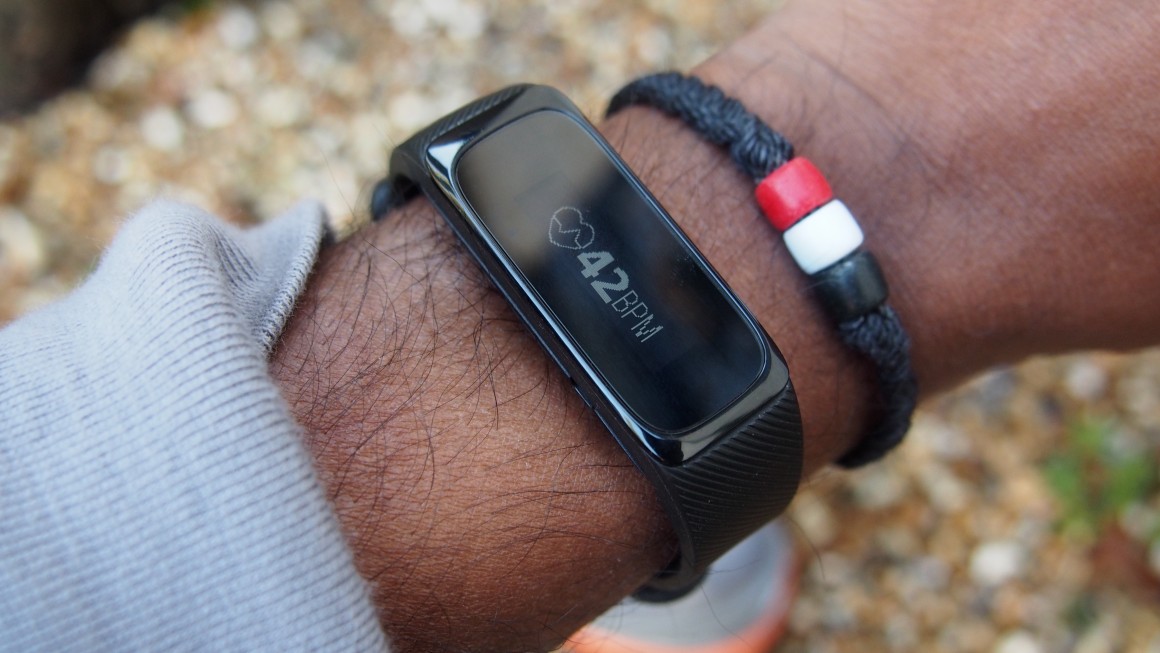
There’s nothing groundbreaking happening on the activity tracking front. There’s a 3-axis accelerometer to record motion and an altimeter is missing in action to track elevation (walking up stairs), which is one is one of the best ways to burn calories.
The Plus can record step counts, distance, calories and active time, which is essentially any activity that lasts longer than 30 seconds. You also get sleep tracking, using the accelerometer in the very same way that Fitbit, Jawbone and Misfit record sleep. It’s not automatic though, so you’ll need to manually set it up on the tracker or jump into the app when it’s bedtime.
It’s pretty reliable on all fronts. Putting it up against the Jawbone UP2, it delivered step counts and distance roughly in the same ball park. As we’ve said numerous times before, fitness trackers base their monitoring on their own algorithms, so no two are exactly the same. You just don’t want yours to be too wide of the mark. In the case of the Trek, step counts tended to be 800-1,000 steps less than the other trackers I compared it to, which is actually quite a lot. To improve measurements, you can store your stride length in the app to increase the accuracy and that certainly helps.
![]()
Left to right: Hi-Tec Trek app (left and centre) and Jawbone UP app (right)
When it comes to sleep monitoring, it’s more of the same, if you remember to turn it off when you wake up. The analysis is very basic, breaking things down by light and heavy sleep and not much more. In fairness it’s about as simplistic as you’ll get doing the same with a Fitbit.
![]()
Left to right:Hi-Tec Trek app (left and centre) and Jawbone UP app (right)
What sets the Plus apart from the other fitness trackers in the Hi-Tec range is the heart rate monitoring. It’s only designed to measure resting heart rate, and it automatically takes a reading in the morning and before you go to bed.
It can also handle on demand heart rate readings, but it’s doesn’t store or save those measurements. A reading of 60-100bpm is the ideal average resting heart rate for an adult. Any higher, and you might want to consider checking in with a doctor or changing some of your lifestyle choices.
The good news is that resting heart rate readings were consistent when compared to the TomTom Spark running watch, the Polar A360 activity tracker and the Polar H7 heart rate monitor chest strap. It can take 20-30 seconds for a reading to come through and you need to be seated (or stand very still). But it works, although like a lot of trackers that can record resting heart rate, that data isn’t put too much use or put in context with the other data the Plus delivers.
Hi-Tec Trek Plus: Smartphone notifications
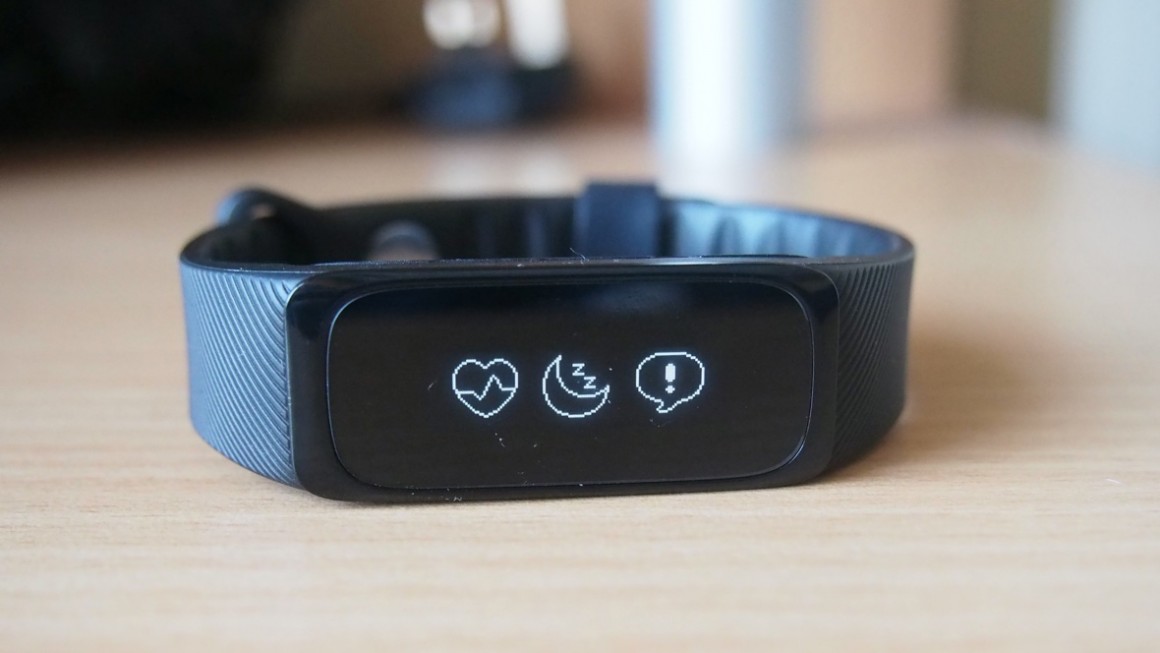
As is becoming the trend, the Plus can also display notifications for native and third party apps from your phone. It’s pretty limited for interacting with calls or responding to texts, but it’ll deliver texts, emails and let you control your music. Annoyingly though, there doesn’t appear to be an obvious way to filter app notifications and that does become a problem. I didn’t particularly want or need to know when all of my iPhone apps were being updated.

Hi-Tec Trek Plus
Wareable may get a commission
Buy Now
Amazon
When notifications do flash up, it’s there for a few seconds and then they’re gone. If you miss something important, then you’ll need to head into another menu on the tracker to see them.
I’ve definitely seen other fitness trackers handle smartphone notification support in a more impressive and useful way.
Hi-Tec Trek Plus: Battery life
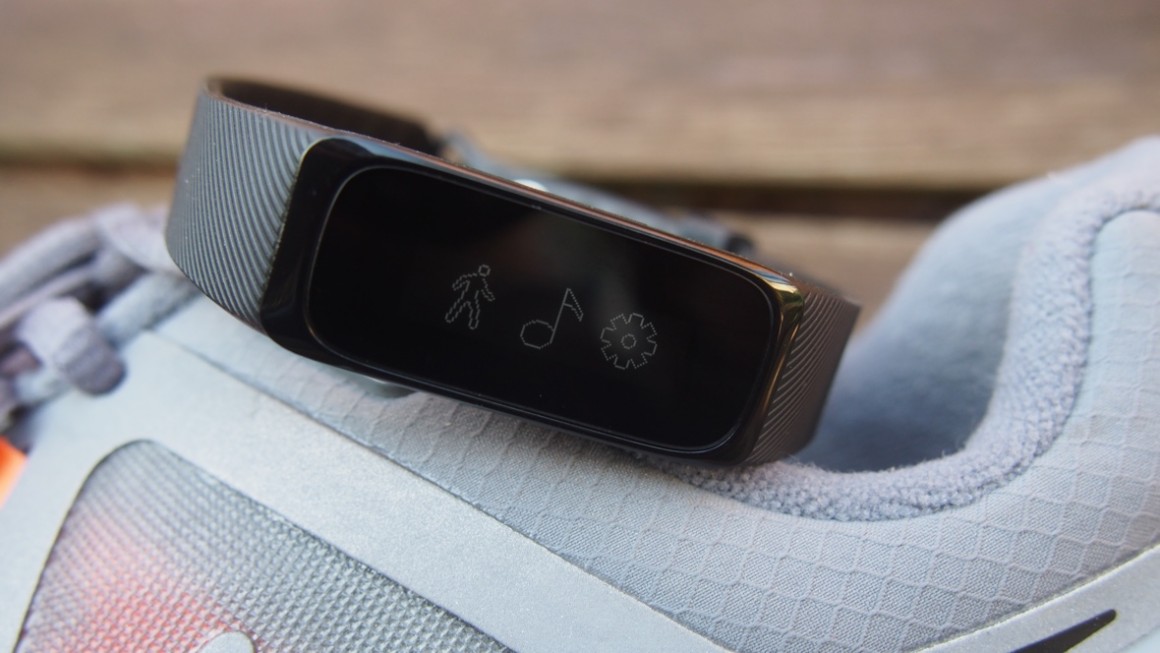
Hi-Tec has stamped the Plus with 5-day battery life and that is pretty much on the money with what I found. From fully charged on a Monday, the low battery status appeared by the time I was home on Friday. It manages to linger for a quite while longer, if you’re not throwing too many smartwatch notifications at it or regularly checking your resting heart rate.
That’s pretty much in line with what Fitbit and Jawbone can offer, although the UP2 is nearer to a full week. It’s a relatively a quick charger though getting back up to 100% from flat in about just over an hour.
Hi-Tec Trek Plus
By Hi-Tec
The Hi-Tec Plus falls into the good all-rounder category of fitness trackers but doesn’t really do anything to stand out from the crowd. It’s a solid, well-built device that does the tracking basics well, but if you can afford to spend a bit more, you can get something with more features. The Fitbit Charge costs around the same and while it doesn’t have a heart rate sensor, it arguably offers a more compelling ecosystem. If you’re willing to spend more, the Vivosmart HR does pack an optical heart rate sensor and also has better approach to those smartwatch-esque features.
Hit
- Accurate resting heart rate readings
- Comfortable to wear 24/7
- Easy to use companion app
Miss
- Doesn’t support automatic sleep tracking
- No altimeter to track elevation
- Not waterproof
SOURCE:http://www.wareable.com/fitness-trackers/hi-tec-trek-plus-review
